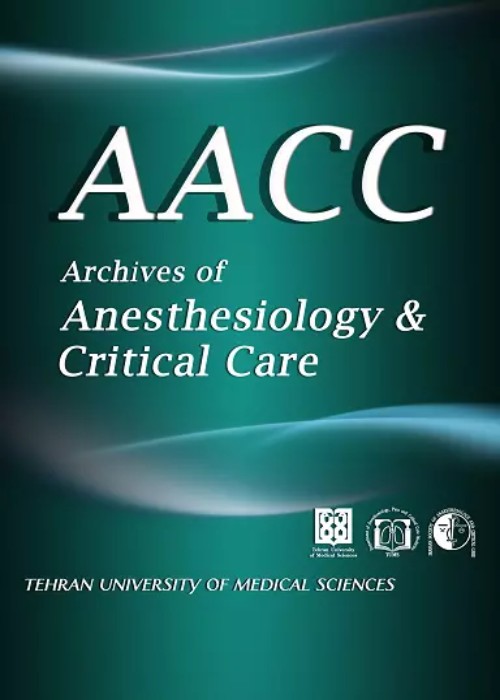Comparison of Analgesic Effects of Intravenous and Intraperitoneal Magnesium Sulphate in Laparoscopic Cholecystectomy: A Prospective Randomized Controlled Study
Postsurgical pain following laparoscopic cholecystectomy is often associated with delayed recovery and discharge from the hospital. Magnesium sulphate as an adjuvant has shown a potential role as an anti-analgesic drug perioperatively. However, the data on the effectiveness and safety of magnesium sulphate delivered via two distinct routes (intravenous and intraperitoneal) for postoperative pain management is scant.
This prospective randomized controlled trial was conducted on 80 adult patients. Group A (n=40) received 30ml intravenous magnesium sulphate(50mg/kg) and 30ml 0.25% bupivacaine intraperitoneal infiltration. Group B (n=40) received 30ml intraperitoneal infiltration of magnesium sulphate(50mg/kg) along with 0.25% bupivacaine and 30ml intravenous 0.9% normal saline infusion. Postoperative pain-free duration, pain scores (visual analog score), need of rescue analgesia, intraoperative hemodynamics and postoperative complications were noted.
The Visual analogue scores at 1,2,4 and 6 postoperative hours were 1.75±0.78, 1.33±0.66, 0.60±0.50, 0.45±0.55 in Group B and 2.13±0.61, 1.65±0.62, 1.28±0.88, 0.73±0.51 in Group A respectively (P-value-0.02,0.03,0.00 and 0.02). The time of the first request for rescue analgesia in Group A was 37.09± 5.54 and in Group B 52.00±4.30 (P value-0.00). Mean heart rate, systolic and diastolic blood pressure were significantly lower in Group A compared to Group B (P-value<0.05). Extubation and emergence time was significantly higher in group A compared to Group B (P-value -0.00). The Abbreviated mental test (AMT)-4 cognition scores were similar in both groups while Alert, Voice, Pain and Unresponsive (AVPU) sedation score was higher at the first postoperative hour in Group A (1.30± 0.46) compared to Group B (1.10 ± 0.30) (P value- 0.026).
Intraperitoneal magnesium is a safe and efficient means of controlling postoperative pain. Additionally, it decreases the time required for emergence and extubation as compared to intravenous delivery. Intravenous magnesium has better hemodynamic control in perioperative period.
- حق عضویت دریافتی صرف حمایت از نشریات عضو و نگهداری، تکمیل و توسعه مگیران میشود.
- پرداخت حق اشتراک و دانلود مقالات اجازه بازنشر آن در سایر رسانههای چاپی و دیجیتال را به کاربر نمیدهد.


